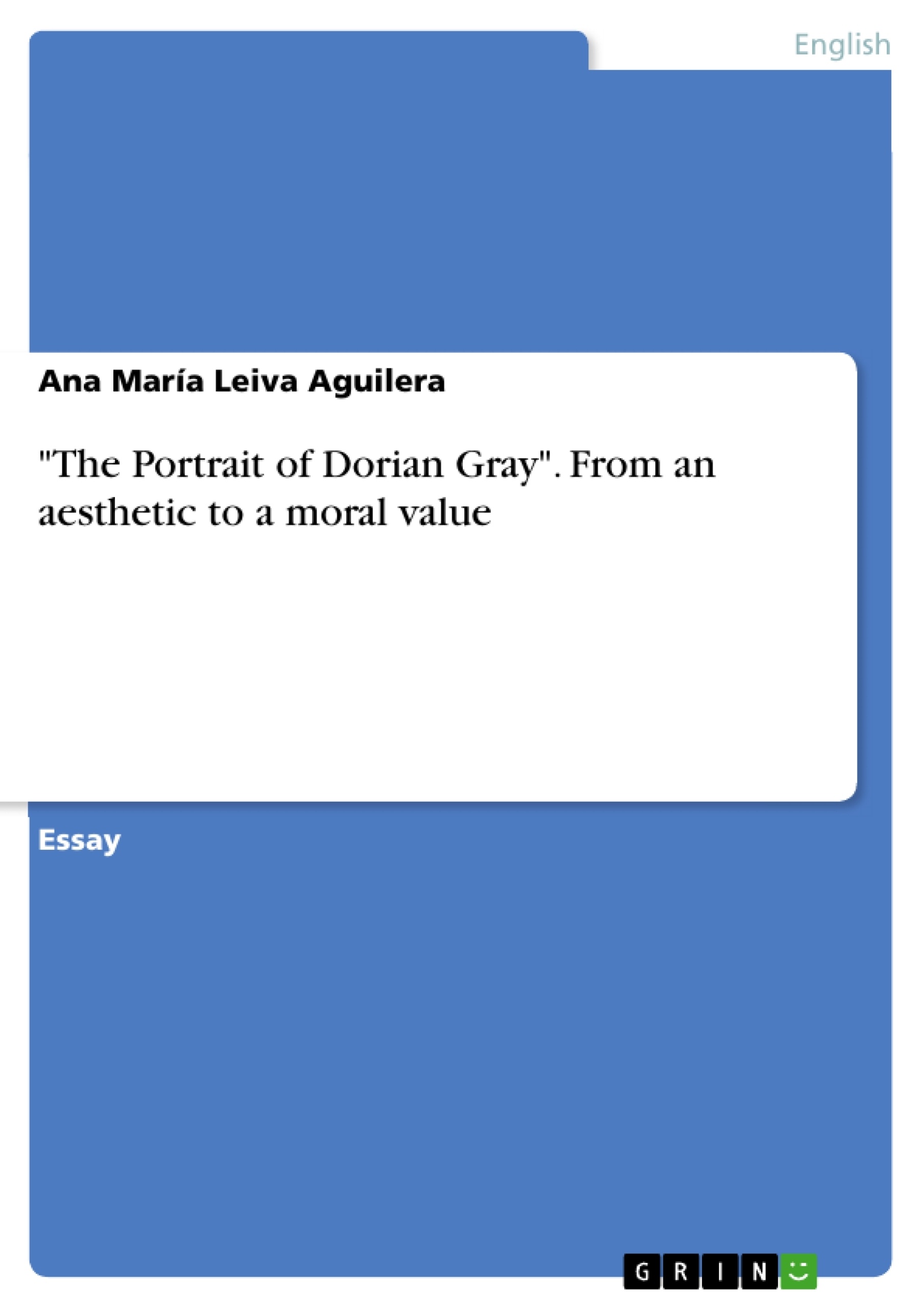The first thing we find when we begin with the reading of "The Picture of Dorian Gray" is a preface, a series of very philosophical aphorisms which served to the Irish author, Oscar Wilde, so that he could answer to those who classified his very first edition as immoral.
It is known that the book was inspired when he visited the studio of a painter friend of him, the same who appears in this book, that romantic artist, lover of beauty who idealizes and loves beautiful things. That excessive idealism, represented in the admiration the author feels for the physical beauty of his model, as well as the intimate friendship he had with the son of a marquis which will be the reason why he will be judged to be homosexual.
Inhaltsverzeichnis (Table of Contents)
- Preface
- Chapter 1
- Chapter 2
- Chapter 3
- Chapter 4
- Chapter 5
- Chapter 6
- Chapter 7
- Chapter 8
- Chapter 9
- Chapter 10
- Chapter 11
- Chapter 12
- Chapter 13
- Chapter 14
- Chapter 15
- Chapter 16
- Chapter 17
- Chapter 18
- Chapter 19
Zielsetzung und Themenschwerpunkte (Objectives and Key Themes)
This work explores the complex relationship between aesthetic value and moral value as depicted in Oscar Wilde's The Picture of Dorian Gray. It aims to analyze how the novel critiques Victorian society's emphasis on appearance and morality, as well as to understand the influence of philosophical and artistic movements on Wilde's writing.
- The interplay between beauty, morality, and the corrupting influence of hedonism
- The nature of art and its relationship to reality, morality, and the artist's soul
- The role of appearances and the distinction between superficial beauty and true value
- The portrayal of Victorian society, its values, and the consequences of its hypocrisy
- The exploration of themes of immortality, aging, and the yearning for eternal youth
Zusammenfassung der Kapitel (Chapter Summaries)
The first chapters introduce the central characters – Dorian Gray, the beautiful and innocent protagonist, and Lord Henry Wotton, the cynical and hedonistic aristocrat who influences Dorian. The preface, with its philosophical aphorisms, establishes Wilde's defense of art as a realm beyond morality and emphasizes the importance of aesthetic value.
The narrative unfolds as Dorian is captivated by Lord Henry's philosophy of pleasure and the pursuit of beauty. His youthful innocence is gradually corrupted as he embraces a life of hedonism, becoming obsessed with maintaining his youthful appearance. This obsession leads him to make a pact with a portrait, which absorbs the consequences of his actions, preserving his physical beauty while reflecting the degradation of his soul.
The chapters delve into Dorian's descent into depravity, exploring his relationships with Sybil Vane, a young actress who represents the idealized beauty of art, and Basil Hallward, the painter who captures Dorian's youthful innocence in a portrait.
Through these characters and their interactions, the novel explores the themes of beauty, morality, and the relationship between the physical and the spiritual. Dorian's journey highlights the dangers of pursuing pleasure without ethical boundaries, revealing the consequences of neglecting one's soul for the sake of outward appearances.
Schlüsselwörter (Keywords)
The key themes of the novel include aesthetic value, moral value, hedonism, beauty, art, appearance, Victorian society, morality, corruption, immortality, youth, aging, and the duality of soul and body.
- Quote paper
- Ana María Leiva Aguilera (Author), 2014, "The Portrait of Dorian Gray". From an aesthetic to a moral value, Munich, GRIN Verlag, https://www.grin.com/document/282425



